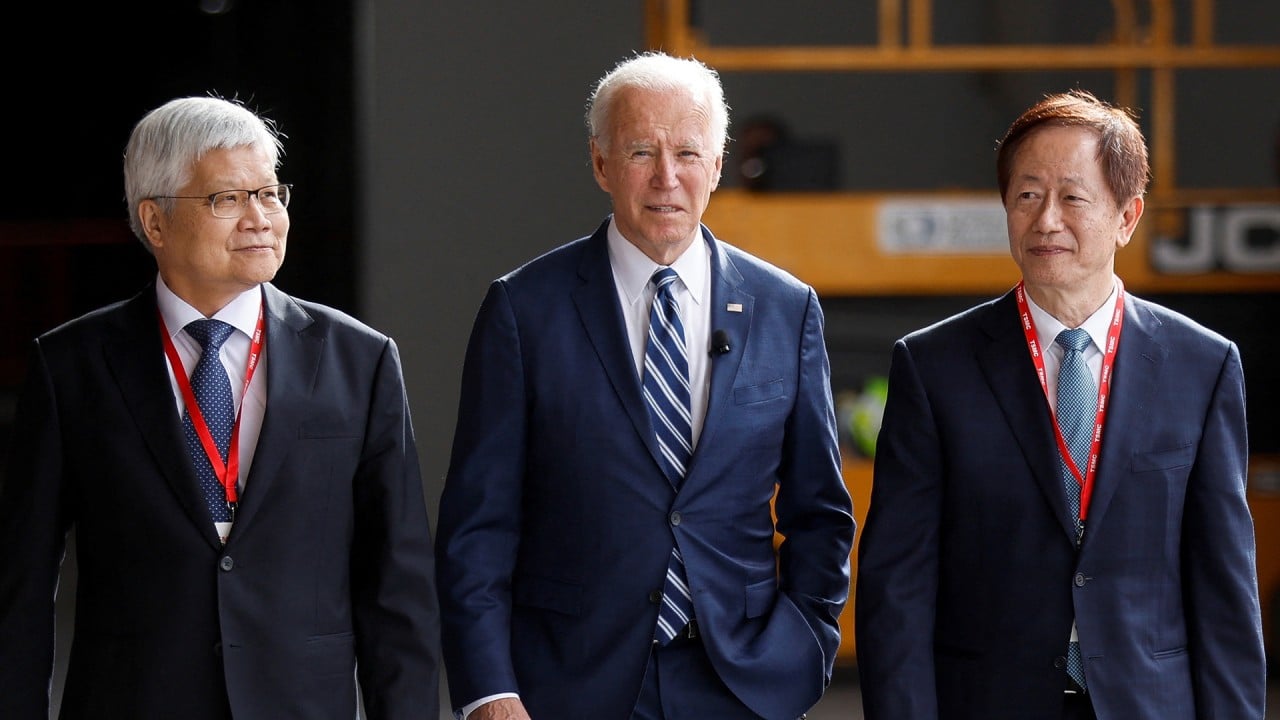
Tech war: China’s semiconductor equipment purchases slump as US and allies boost domestic chip production, data shows
- Sales of semiconductor equipment to China dropped 23 per cent year on year in the first quarter amid US export curbs, according to SEMI data
- The US, which is trying to boost domestic chip production, and the rest of North America bought 50 per cent more semiconductor equipment during that period
During the March quarter, sales of chip-making equipment to companies in China were down 23 per cent year on year and 8 per cent from the previous three months to US$5.86 billion, according to data released on Tuesday by SEMI, a global industry association.
Despite the drop, China was still the world’s second-largest market for semiconductor equipment, behind Taiwan and ahead of South Korea.
For comparison, semiconductor equipment sales to China in the first quarter of 2022 surged 27 per cent year on year to US$7.6 billion, SEMI data showed. At the time, the country was the world’s largest market for semiconductor equipment.
Under expanded trade restrictions imposed by the Biden administration last October, Chinese companies are barred from buying advanced chip-making tools from the US without special permission. Japan is set to impose similar export curbs in July to restrict the sales of 23 types of advanced chip-related equipment and materials.
From January to April, China bought US$1.05 billion worth of chip-making and other machines from the US, down nearly 50 per cent from the same period last year. They included tools used for manufacturing wafers, semiconductor devices, integrated circuits, or flat-panel displays.
Shipments from Japan, currently China’s largest semiconductor equipment supplier, declined 12 per cent to US$3.5 billion, while those from Taiwan and South Korea dropped by roughly half during the same period.

The company’s investments in properties, plants and equipment fell by about a third in the first three months of the year from the previous quarter, its financial statements showed.
While China has been importing less chip equipment, the rest of the world has seen a reverse trend, as countries like the US and Japan announced plans to boost domestic semiconductor manufacturing.
Global chip equipment sales increased 9 per cent year on year to US$26.8 billion in the first quarter of 2023, with the largest gains coming from North America, where the numbers increased about 50 per cent, according to SEMI data.

In Taiwan, where the majority of the world’s most advanced semiconductors are made, billings increased by 42 per cent year on year, despite a 13 per cent decline from the last quarter.
Sales to Europe rose 19 per cent in the first quarter. Countries such as the UK, home to major chip designer Arm, have been pushing for more security in the semiconductor supply chain.
“Semiconductor equipment revenue in the first quarter was robust despite macroeconomic headwinds and a challenging industry environment,” said Ajit Manocha, SEMI president and CEO.
“The fundamentals remain healthy for the long-term strategic investments needed to support major technology advancements for [artificial intelligence], automotive and other growth applications.”



